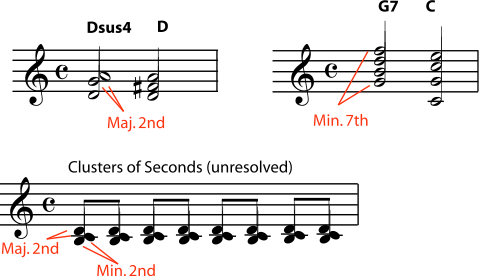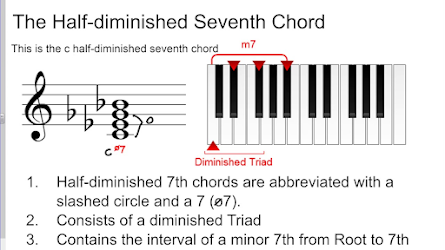Counterpoint to Chordal Style
In class we mentioned chord harmony. Chord harmony are 3 notes or chords that provides a harmony in the piece of music. We also talked about cadences. It means the end of a point in music. Some ends can have a slight pause into thinking they are ending but sometimes they can end perfectly or abruptly.
We also looked deeply into the chords n what they are.
The 1 in music is considered the tonic and the 6 in a chord can also be called a tonic because it has the first two notes in the tonic inside of it.
The 2 and 4 are considered predominant chords because it can be carried into the dominant chord and the 5 and 7 are the dominant chords because it has the leading to in it.
The 4 chord is considered a identity crisis or a miss understood chord why it because it does not really have no where to reside.
I must say this video almost made me shed a tear because the chord harmony he is playing sounds very sweet and it harmonies with the bass and the arpeggio chords in the right hands matches with he bass which gives it a sweet harmony sound. He is just using the 1, 5 and 7 chords.
In one of our pervious classes we discussed suspensions and instead of using a piano he using a software to create the different suspensions and dissonances. The dominant chord does not have any dissonance in it.











